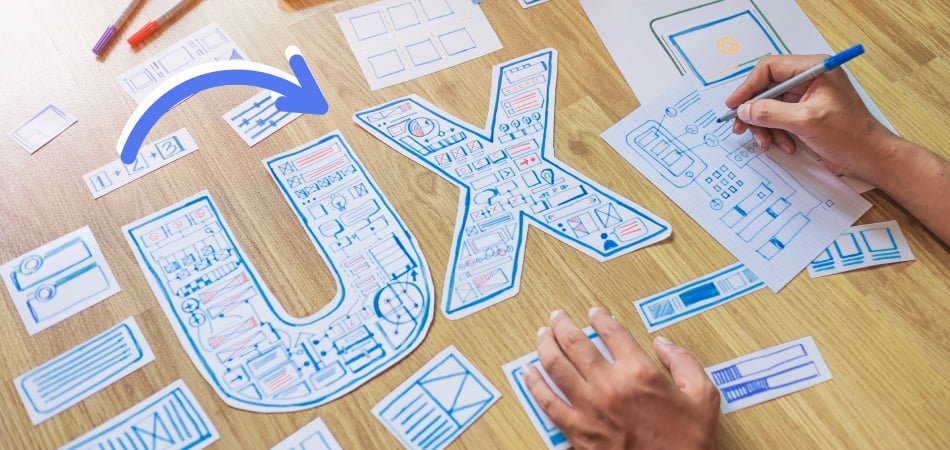Why every other's UX/UI looks good to me?

User experience (UX) and user interface (UI) design are critical elements in creating successful digital products. They play a crucial role in determining how users interact with and perceive a product, and ultimately, whether or not they will continue to use it. With so many digital products on the market, it can be difficult to distinguish between good and bad UX/UI design. However, there are a few key reasons why every other's UX/UI looks good to you.
It's quite common for people to perceive other people's designs or user experiences (UX/UI) as better than their own. There are several psychological and cognitive factors that might contribute to this phenomenon:
1. Subjective Perception : When you're evaluating someone else's work, you're often seeing it from a fresh perspective. This lack of personal investment can make it easier to appreciate the design without being overly critical.
2. Confirmation Bias : You might be more likely to focus on the positive aspects of others' designs and overlook any potential flaws. This is a natural cognitive bias where you seek information that confirms your existing beliefs or preferences.
3. Comparison : When you see other designs, you're comparing them to your own work. This can create a perception of their work being better simply because it's different from what you've been immersed in for a while.
4. Distance from the Process : When you're deeply involved in the design process, you become intimately familiar with all the details and decisions you've made. This can make it difficult to see the design from an outsider's perspective and appreciate it objectively.
5. Influence of Trends : It's possible that the designs you're seeing from others are in line with current design trends or best practices, which can make them seem more appealing. Your own design might be based on different principles or preferences.
6. Self-Criticism : As a creator, you might naturally be more critical of your own work, noticing every flaw and imperfection. This heightened self-awareness can make you perceive your work as less appealing compared to others'.
7. Lack of Context : You might not have the full context behind the design decisions in other people's work. You're only seeing the end product, whereas you know the entire journey and compromises you had to make in your own work.
Overcoming this perception can be challenging, but here are a few strategies you might consider:
- Take Breaks : Step away from your own work for a while and come back to it with fresh eyes. This can help you see it more objectively.
- Seek Feedback : Get feedback from peers, mentors, or other designers. They can provide valuable insights and help you understand areas for improvement.
- Study Design Principles : Continuously learn about design principles and best practices. This can give you a better understanding of why certain designs work and help you apply those insights to your own work.
- Practice Empathy : Try to put yourself in the shoes of your users. Consider how they would perceive and interact with your design. This can help you align your design decisions with user needs and expectations.
Remember that design is a subjective field, and there's always room for improvement. Don't be too hard on yourself, and use these feelings as motivation to continue growing as a designer.